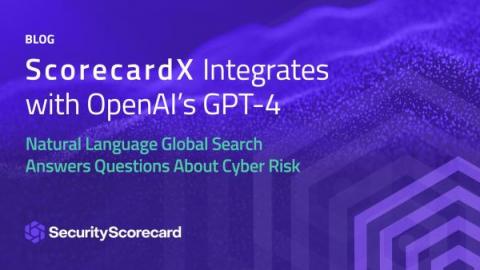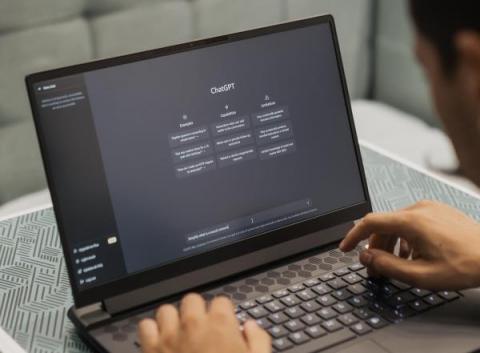Heart of the Matter: How LLMs Can Show Political Bias in Their Outputs
Wired just published an interesting story about political bias that can show up in LLM's due to their training. It is becoming clear that training an LLM to exhibit a certain bias is relatively easy. This is a reason for concern, because this can "reinforce entire ideologies, worldviews, truths and untruths” which is what OpenAI has been warning about.








